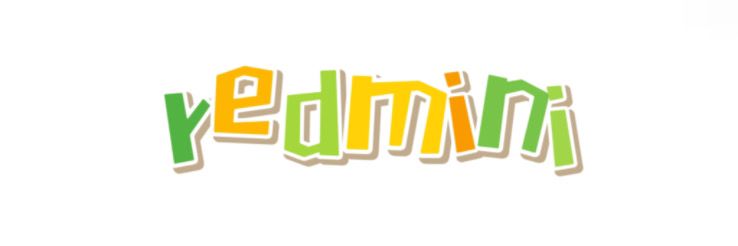Integrated Solar Applications: Top Trends for 2025
Feb. 25, 2025
As the world embraces sustainable energy solutions, integrated solar applications are emerging as a pivotal innovation in the renewable energy sector. With a projected growth in both technology and market demand, 2025 is set to be a transformative year. In this article, we will explore the top trends in integrated solar applications that are anticipated to reshape the landscape of solar energy usage.
For more information, please visit Integrated Solar Applications.
One of the most significant trends is the advancement of solar building-integrated photovoltaics (BIPV). These systems seamlessly integrate solar cells into building materials, such as windows and rooftops, creating aesthetic designs without sacrificing functionality. This approach not only enhances the energy efficiency of buildings but also contributes to the reduction of urban heat islands, making cities more sustainable.
Moreover, the rise of smart solar technology cannot be overlooked. With the integration of the Internet of Things (IoT), solar applications are becoming smarter and more efficient. Smart inverters and energy management systems are enabling real-time monitoring and optimization of energy production and consumption. This connectivity allows users to manage their energy use more efficiently, driving down costs and maximizing the benefits of solar energy.
Another exciting trend is the development of solar energy storage solutions. As integrated solar systems become more widespread, the demand for reliable storage options is surging. Innovations in battery technology, such as lithium-silicon and flow batteries, are paving the way for long-lasting, high-capacity energy storage. This trend addresses the intermittent nature of solar energy, ensuring that users can access power even when the sun is not shining. By improving storage capabilities, integrated solar applications can provide a continuous and reliable energy supply, boosting their appeal for homeowners and businesses alike.
In addition to residential applications, commercial and industrial sectors are also witnessing a shift towards integrated solar solutions. More companies are recognizing the long-term benefits of incorporating solar technology into their operations, not only for cost savings but also for enhancing their sustainability initiatives. As organizations seek to meet regulatory requirements and consumer expectations regarding environmental responsibility, integrated solar applications will play a crucial role in their strategies.
Explore more:Emerging Trends in Global Wind Energy Innovations
Unlocking Senergy Energy: Maximize Efficiency and Savings
How Energy Storage Inverters Improve Renewable Energy Efficiency
LNG Storage Tank Innovations to Watch in 2025
Maximize EV Charging Efficiency: Single Gun AC Slow Charging Pile
how to design cooling tower
Who Will Lead the Electric Vehicle Charging Revolution?
Furthermore, the rise of hybrid solar systems is reshaping traditional energy paradigms. By combining solar power with other renewable sources, such as wind or geothermal, these systems can optimize energy production and create a more resilient energy grid. This trend stands to revolutionize how we think about energy generation, giving users more control over their energy sources and increasing energy independence.
Regulatory support is also essential for the growth of integrated solar applications. Governments worldwide are implementing incentives and subsidies designed to promote the adoption of solar technology. As these favorable policies continue to roll out, businesses and homeowners will be more inclined to invest in integrated solar solutions, further driving market growth.
Public perception is shifting as well. Increasing awareness of climate change and the importance of renewable energy is leading more individuals to seek sustainable solutions for their energy needs. As society places greater emphasis on environmental responsibility, integrated solar applications will be positioned as a leading alternative for those looking to reduce their carbon footprint.
In conclusion, the future looks bright for integrated solar applications. As we approach 2025, several key trends are set to enhance the efficiency, accessibility, and overall appeal of solar energy solutions. From smarter technology and innovative storage solutions to hybrid systems and strong regulatory support, the landscape of integrated solar applications is evolving rapidly. These developments not only promise to boost the adoption of solar energy but also provide an opportunity for businesses and homeowners to invest in a sustainable and prosperous energy future. By understanding these trends and taking proactive steps, you can ensure that your solar applications are at the forefront of this exciting movement.
Want more information on Residential Solar Power Systems? Feel free to contact us.
Explore more:Key Considerations When Choosing Grid Tie String Inverters
Essential Guide to Choosing the Right Industrial Storage Tank
Top 5 Benefits of Choosing an FRP Cable Tray Manufacturer
Key Factors in Choosing DC Fast Charging Stations
Top 5 OEM Grid Tie Solar Inverter Manufacturers to Trust
Key Considerations for CO2 Recovery System Purchases
60kw-160kw Advertising Screen Charging Station: The Ultimate Guide
177
0
0
Related Articles


Comments
All Comments (0)